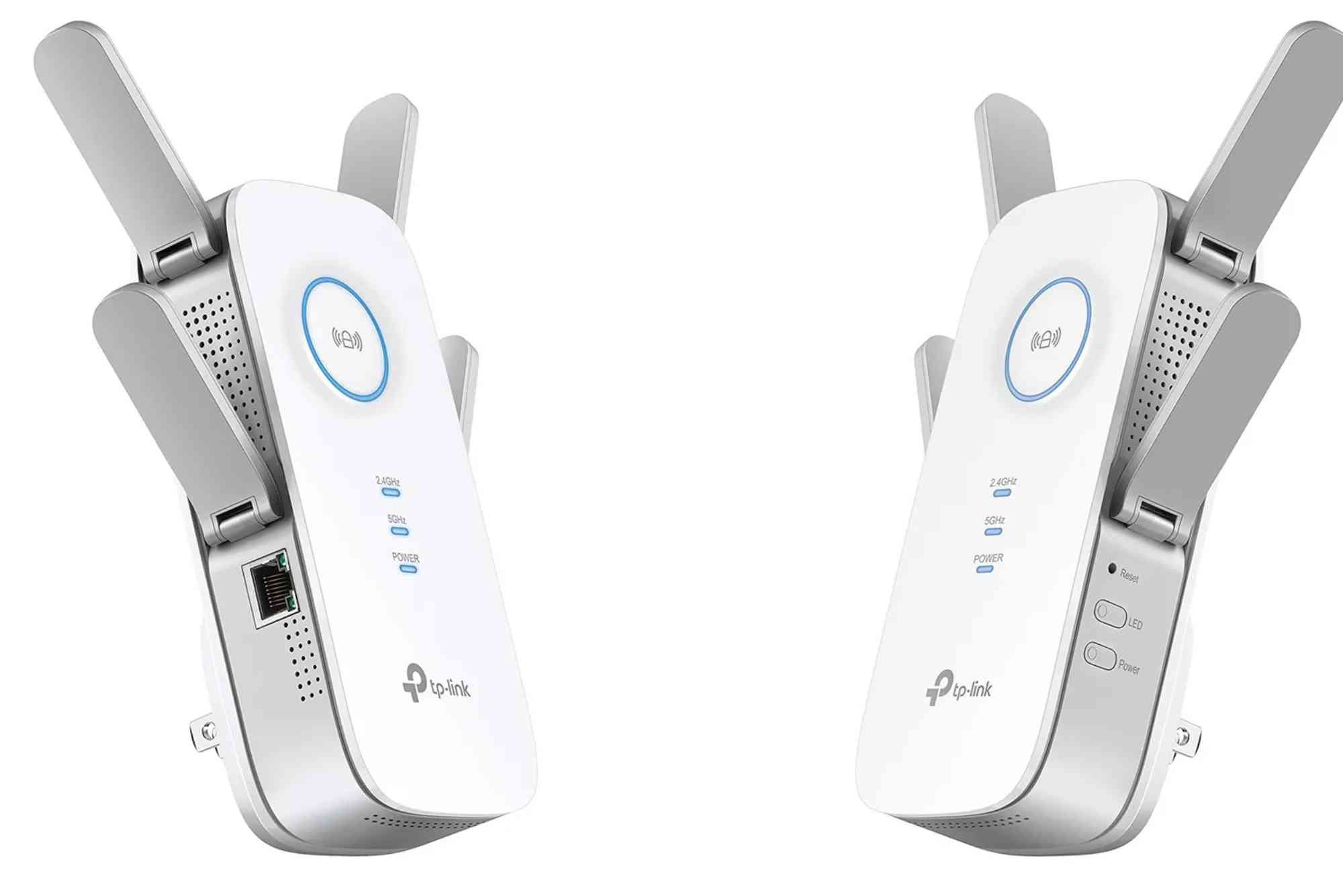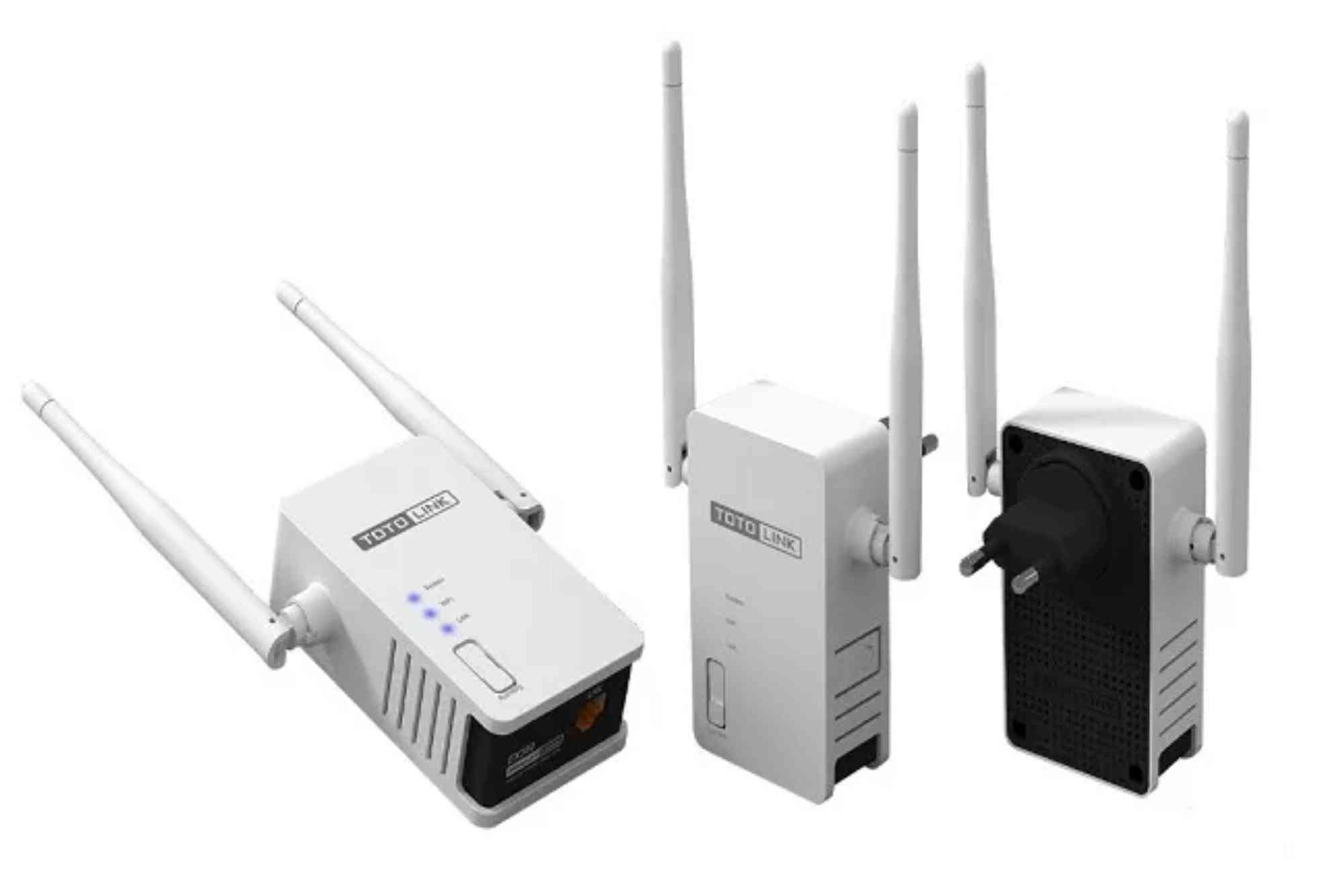In 2025, the demand for high-speed and reliable internet has reached new heights. With remote work, 4K streaming, online gaming, and smart homes becoming standard, choosing the best fiber optic internet providers in 2025 is more crucial than ever. Fiber internet continues to outperform cable, DSL, and satellite connections due to its superior speed, lower latency, and greater reliability.
If you’re looking for a service that delivers consistency and top-tier performance, this guide explores the top contenders redefining fiber internet this year.
Why Fiber Optic Internet Is the Future
Fiber optic internet uses light signals transmitted through glass fibers to deliver data at lightning speed. This technology offers symmetrical upload and download speeds, which is a major advantage for modern users who rely on video conferencing, cloud storage, and streaming platforms.
Unlike traditional connections, fiber isn’t affected by weather or electrical interference, making it ideal for both residential and business applications. Whether you’re working from home, managing a business, or streaming your favorite shows, fiber provides a seamless experience that cable and DSL simply can’t match.
What to Look for in the Best Fiber Optic Internet Providers in 2025
Choosing the right provider requires more than just comparing speeds. You’ll want to consider reliability, customer support, coverage area, and pricing transparency. In 2025, providers are expanding their networks rapidly, ensuring that more homes have access to true gigabit fiber speeds.
Other key factors include contract flexibility, installation costs, and value-added features such as Wi-Fi 6 routers or free security suites. The best companies are those that offer fair pricing, consistent uptime, and scalable plans for different household needs.
Leading Fiber Optic Internet Providers in 2025
AT&T Fiber
AT&T Fiber continues to be one of the strongest players in the U.S. market. In 2025, AT&T has expanded its 5-Gig plans to more cities, offering blazing-fast speeds ideal for families and gamers. With minimal outages, no data caps, and transparent pricing, AT&T remains a favorite among households that prioritize reliability.
Their customer service has also improved, with same-day installation options in many areas and a simplified billing system that customers appreciate.
Google Fiber
Google Fiber is steadily expanding its footprint, known for simplicity and top-tier performance. The company offers straightforward pricing and no hidden fees. Its 5-Gig and 8-Gig plans introduced this year cater to professionals and gamers who need stable, low-latency connectivity.
Google’s commitment to customer satisfaction and community expansion makes it a key player in 2025. Their infrastructure investments in underserved regions continue to close the digital divide.
Verizon Fios
Verizon Fios has long been associated with exceptional service and reliability. In 2025, its network continues to deliver symmetrical gigabit speeds with virtually no lag. Verizon’s advanced Wi-Fi 6E routers and robust cybersecurity options further enhance the user experience.
Customers also benefit from flexible bundles that include streaming services and home security packages, making it a smart choice for tech-savvy households.
Frontier Fiber
Frontier has undergone a major transformation in recent years. Once known for inconsistent service, the company has rebranded itself as a serious fiber competitor. In 2025, Frontier Fiber offers competitive gigabit plans with impressive coverage expansion.
Its affordable pricing and zero data caps appeal to rural and suburban users seeking dependable connectivity without breaking the bank.
Dhanote Internet Services
For users exploring innovative options, Dhanote Internet Services stands out for its personalized approach. Known for fast deployment and strong customer engagement, Dhanote has become a trusted name in fiber connectivity.
Its regional focus allows it to deliver tailored solutions for both individuals and businesses, offering reliable speeds and local support that larger corporations often overlook.
Fiber Internet vs. Other Connection Types
Fiber optic internet surpasses traditional options like cable, DSL, and satellite in nearly every metric. Cable may offer high download speeds, but its shared bandwidth leads to slower performance during peak hours. DSL still lags behind in both speed and stability, and while satellite has improved, it remains susceptible to latency and weather-related disruptions.
Fiber internet’s dedicated connection ensures that multiple users can stream, game, and work simultaneously without interruptions. Its symmetrical speeds are perfect for today’s hybrid lifestyle, making it the gold standard in 2025.
The Role of Fiber Optic Internet in Smart Homes and Remote Work
Smart homes rely on continuous connectivity. From security systems and smart TVs to connected appliances, fiber internet ensures all devices operate smoothly. For professionals working remotely, stable video calls, cloud file access, and VPN connections are essential.
In 2025, fiber internet has become more than a luxury — it’s a necessity. Businesses and freelancers alike depend on it for productivity, while families rely on it for entertainment and education.
The Expansion of Fiber Networks in 2025
This year marks a significant expansion in fiber infrastructure. More rural and suburban areas are gaining access to gigabit speeds, bridging the digital gap that long separated urban and remote communities. Providers are partnering with local governments to deploy affordable, high-speed networks that promote digital inclusion.
Technological advances like XGS-PON (10 Gigabit-capable Passive Optical Networks) are also driving faster, more efficient service. As fiber technology evolves, users can expect even greater speed and reliability in the coming years.
How to Choose the Right Provider for Your Needs
When evaluating options, start by checking coverage availability in your area. Then compare plans based on your household’s needs. If you’re a gamer or run a home office, prioritize upload speeds and latency performance.
Pricing transparency is equally important. Avoid providers that bury fees or impose data caps. Look for companies with clear terms, responsive support, and strong customer satisfaction records.
Reading reviews from current users in your area can also offer valuable insight into real-world performance.
Common Myths About Fiber Internet
One common misconception is that fiber internet is too expensive. In reality, prices have become increasingly competitive, with many plans costing less than cable options. Another myth is that installation is complicated, but most providers now offer quick, professional setup at minimal cost.
Some believe fiber isn’t widely available, but in 2025, that’s rapidly changing. Coverage maps are expanding, and even smaller towns are seeing new installations every month.
FAQs About the Best Fiber Optic Internet Providers in 2025
What is the fastest fiber internet provider in 2025?
AT&T Fiber and Google Fiber currently offer some of the fastest speeds, with plans reaching up to 8 Gbps in select regions.
Is fiber internet worth it in 2025?
Yes, fiber offers the best balance of speed, reliability, and future-proof technology, making it a smart investment for both homes and businesses.
How is fiber different from cable internet?
Fiber transmits data through light signals, offering symmetrical speeds and lower latency. Cable uses coaxial wires that can slow down with high traffic.
Can I get fiber internet in rural areas?
Availability is improving rapidly. Many providers, including Frontier and Dhanote Internet Services, are expanding into rural zones with new infrastructure.
Do fiber internet providers have data caps?
Most top providers, including AT&T Fiber and Google Fiber, offer unlimited data with no caps, allowing unrestricted streaming and downloads.
Making the Smart Choice for 2025
Selecting the best fiber optic internet provider in 2025 depends on your location, usage, and service expectations. Providers like AT&T Fiber, Google Fiber, Verizon Fios, and Frontier Fiber continue to lead the way, while emerging players such as Dhanote Internet Services are bringing personalized, reliable connectivity to more homes than ever before.








